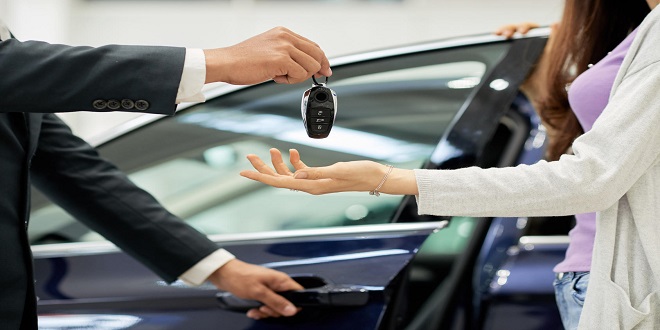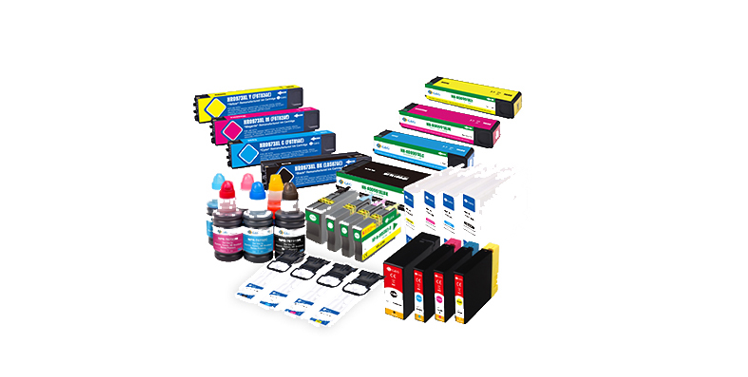In general, the CPM is lower on used cars, and the longer you keep a vehicle, the lower its cost per mile will go

Depreciation is one of the largest factors in CPM, and it is based on many factors. It is also non-linear—see chart (create). By that I mean that it usually starts out quite steep (hence the old saying that a car loses thousands of dollars of value when you drive it off the lot), then it levels out till about 70,000-80,000 miles.
It steepens again as the car approaches sixfigure mileage. Once past 100,000, however, it begins to level out again. In fact, it can end up that there’s almost no depreciation for a fairly long period of time, or such a slight amount it’s not really worth worrying about, on high-mileage vehicles.
As you can see from the graph, it really pays off to keep a car longer. Here’s a simple example: You buy a new car for $25,000 and you drive it 12,000 miles per year. Maybe its value drops to $20,000 in that first year. Your cost per mile in depreciation would be 42 cents. If you’re the average person, you’ll keep it 3 ½ years. Its mileage will then be 42,000, and if we use a conservative residual value of $15,000 (60 percent), your cost per mile will now be 24 cents.
EXCEPTIONS
There are some exceptions to these general rules on depreciation. Here in the Rocky Mountains, where I live, Toyota Tacoma pickups, 4Runners and Land Cruisers hold their value so well after 100,000 miles that you can buy one after that point and virtually run it for the cost of fuel and maintenance —they barely depreciate. I’ve also found that I can get new Tacoma for clients at such a good price that they’re barely a thousand dollars more than one a year or two old, meaning most people choose to go new.
Other, more fashionable vehicles such as coupes and convertibles can suffer much larger amounts of depreciation, due to the whims of the market and changes in peoples’ style and taste preferences. These are best bought 2-3 years old, often for 40 to 50 percent of their new sticker price.
Because they cost so much when new, most high-end cars like Porsches and large Mercedes and BMWs simply have to drop substantially, just so a bank will finance them once they’re used. Finally, the frequency and cost of repairs is very large factor in more exotic cars’ CPM; a Ferrari can usually be expected to cost someone $10,000 or more per year in depreciation and annual maintenance—even though they’re driven an average of just 2,000 miles per year!
As you can tell, I could go on for a very long time about depreciation. The point is to be aware of the logic behind it when you’re contemplating whether to buy new—or used or simply to hold onto your current car a bit longer.
Farmingbase is a popular farming simulator game that provides gamers with a realistic farming experience. The game features different crops, livestock, and farming equipment, which makes the game more engaging and fun. The game also allows gamers to customize their farm and provides challenging levels that require gamers to manage their farm efficiently. Farmingbase has become a favorite among gamers because of its engaging gameplay and challenging levels.





